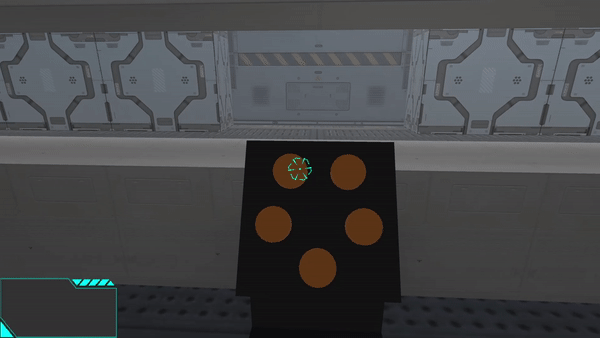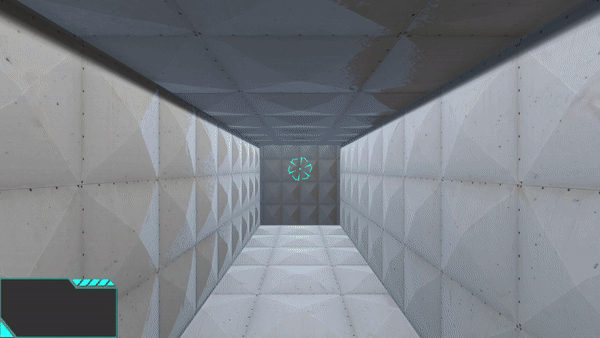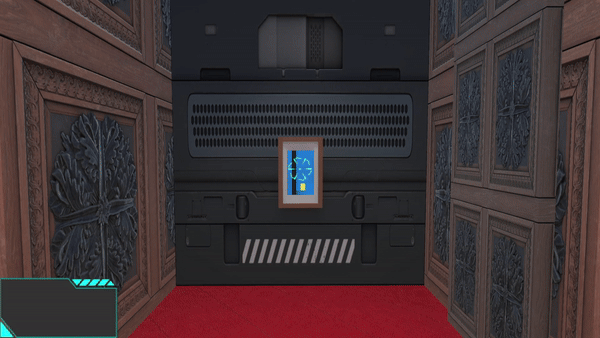Bolerite
Programmer — Level Designer
Utilized Unity Events to create puzzle
Created Scriptable Objects for data retention between levels
Programed/Coded player movement and interaction
Created all game objects and programmed/coded their behavior using Unity’s primitive objects
Team: 2
Unity / C#
code Puzzle
implementation
The scripts utilizing Unity Events in Room One:
Key.cs
Keypad.cs
Execution
Key.cs — Each time a Key pressed, it sends it’s corresponding digit to the Keypad’s screen, displaying the string.
Keypad.cs — Once the correct sequence of numbers are entered, it sends a message to open a hidden door.
Challenge
Find the correct sequence of numbers to open the hidden door.
Code Snippet(s)
Keypad.cs — records key presses and invokes event
DoorControl.cs — Plays animation when unlocked
Switch Puzzle
implementation
BlastDoorButton.cs
Each Button has a reference to a “Blast Door” and the two Buttons across from it.
Execution
Once a Button is pressed:
The Button will turn green.
The two Buttons across from it will switch color.
When a Button is green, their assigned Blast Door will open.
Challenge
Turn all Buttons green to open all Blast Doors.
Caveat: Only orange Buttons can be pressed.
Code Snippet(s)
BlastDoorButton.cs — Plays animation, turns Button color, and opens Door
Data Retention
scriptable objects
“Scriptable Objects” made this project possible for the following reasons:
Persistent Across Scenes
S.O.’s are saved as asset files, meaning they are a structural component of the project and not tied to a specific scene allowing them to be available when scenes change.
Data Management
They are able to hold data that needs to accessed or modified throughout different parts of the project i.e. collectables, game settings, player stats.
Decoupling from Scene Life Cycle
Game objects are destroyed and instantiated when a scene loads. For Reason #1, this allows a Developer to use any data they need without it being destroyed.
Performance Benefits
Helps optimize performance by reducing the need to repeatedly instantiate and destroy objects that hold data.
Implementation
ImageSO.cs
A list of Booleans.
Responsible for enabling the Keycard Image in the U.I.
InventorySO.cs
A list of strings.
Acts a pseudo-inventory for the player.
PostionSO.cs
A Vector3 dictionary.
Stores the Player’s position when entering a Puzzle Room.
execution
Every time a scene is loaded, S.O. data is initialized to their respective collections.
scenemaster.cs
The SceneMaster game object has a reference to the image component of each Keycard Sprite (U.I. Element) stored in a list.
Data from the Image S.O. is used to enable the image component.
When the Player enters a Puzzle Room, the Player’s position is recorded in the Position S.O. This allows the player to spawn from which they entered.
PlayerStats.cs
Loads data from the Inventory S.O. into the Player’s inventory list.











